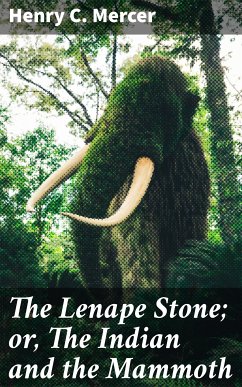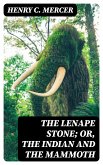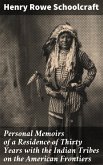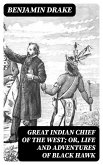In "The Lenape Stone; or, The Indian and the Mammoth," Henry C. Mercer delves into the intricate tapestry of Native American history and prehistoric life in North America. This compelling work is crafted in a narrative style that intertwines the legendary past with anthropological insights, offering a unique exploration of the Lenape people and their relationship with the mammoth. Mercer adeptly employs vivid descriptions and scholarly analysis to illuminate the cultural and environmental context of the Lenape, exploring themes of extinction, colonization, and cultural resilience, all set against the backdrop of the American landscape. Henry C. Mercer, a prominent archaeologist and historian, dedicated his life to excavating and preserving the legacies of Indigenous cultures. His extensive fieldwork and passion for understanding the tangible remnants of the past are evident in this book. Mercer's background in both archaeology and history provided him with a unique lens through which he examines the interplay between early humans and their environment, catalyzing his fascination with the Lenape narratives and their storied existence alongside the mammoth. This book is highly recommended for readers interested in Native American studies, archaeology, and paleoanthropology. Mercer's meticulous research and engaging prose provide both scholars and general readers with invaluable insights into America's ancient history, making it an essential addition to any library.
Dieser Download kann aus rechtlichen Gründen nur mit Rechnungsadresse in A, B, BG, CY, CZ, D, DK, EW, E, FIN, F, GR, H, IRL, I, LT, L, LR, M, NL, PL, P, R, S, SLO, SK ausgeliefert werden.









